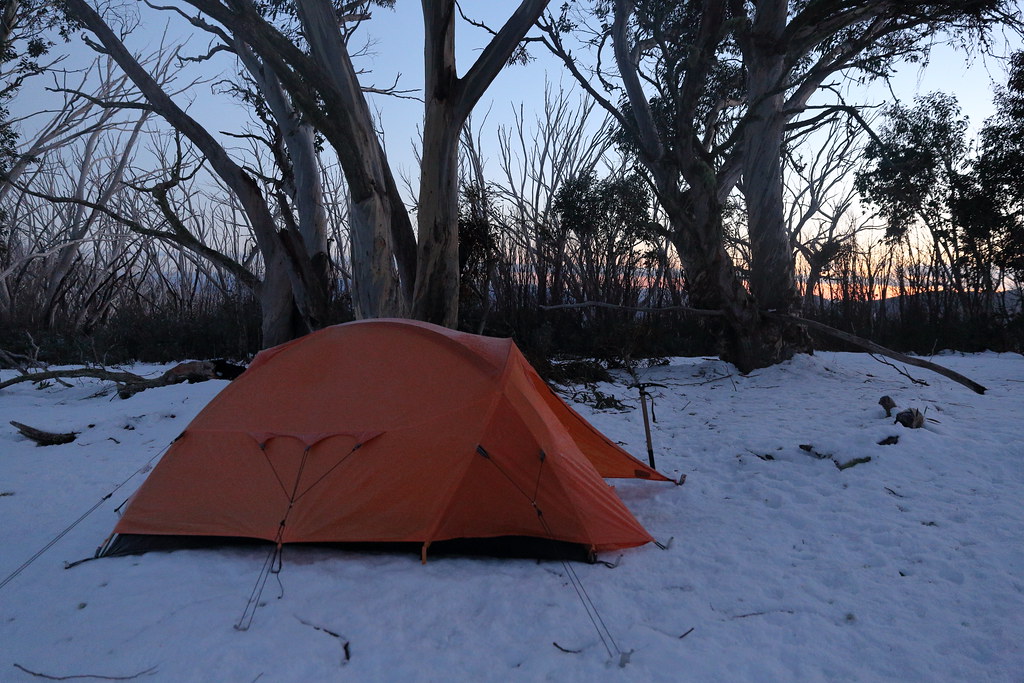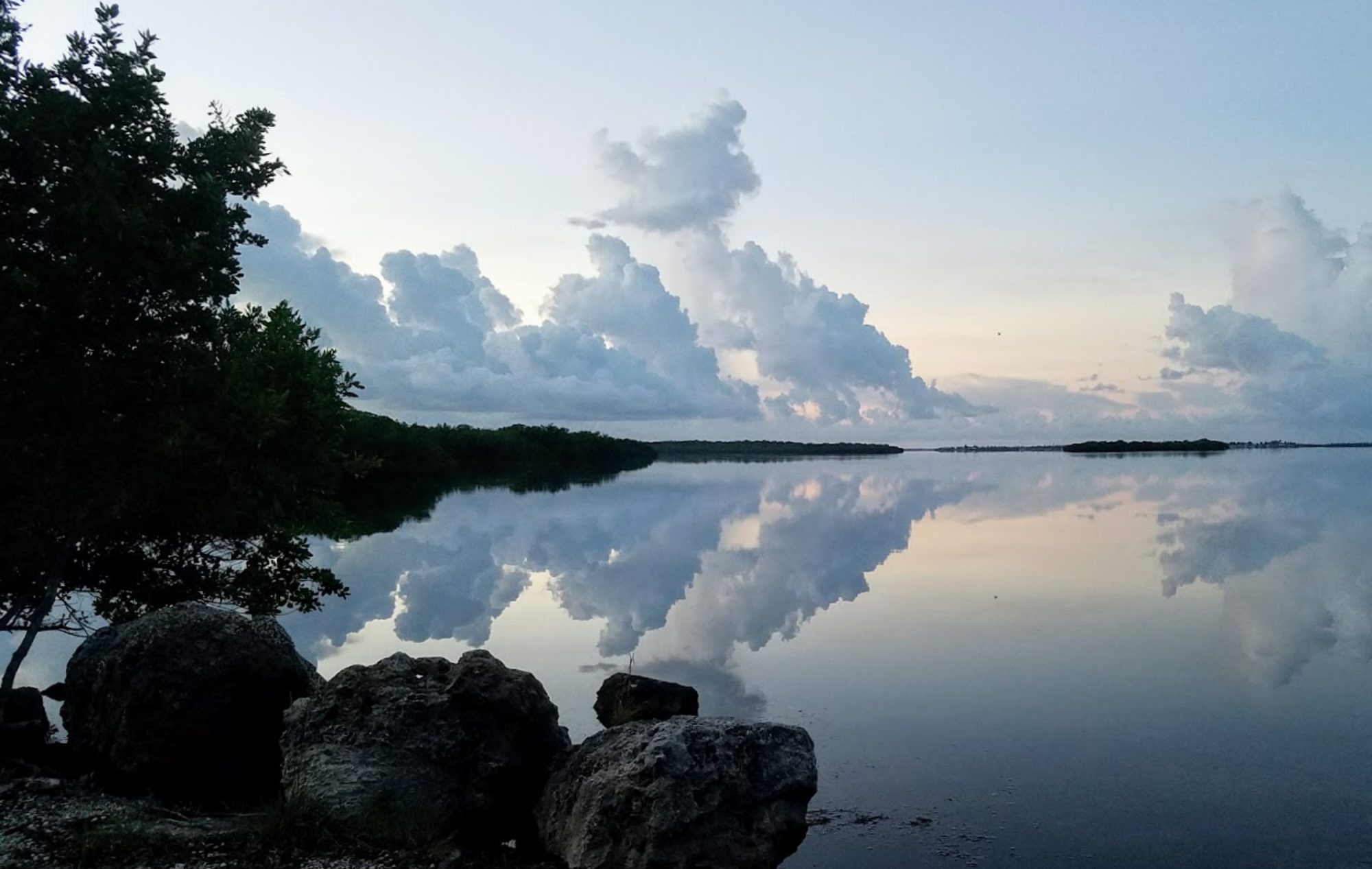Warmer weather is on the way, but I’m thinking about cooler weather and how well I sleep when it’s cool. Being cool and being cold are two very different things. A tent trip with overnight temperatures in the high 40s and low 50s taught me a lot about sleeping warm when it’s cold outside.
It is more complicated to stay warm in a tent than at home, but there’s no reason you can’t be comfortable in “Florida Cold” temperatures. These tips will not protect you from hypothermia in truly cold conditions, but this is, after all, My Exquisite Florida. One of the things I love about Florida is that I’m seldom in danger of developing hypothermia as I sleep snug in my tent.
Your tent can get cold, too.
It sounds ridiculous, but using a footprint or tarp under your tent adds a layer of insulation between the cold ground and your sleeping body. It also protects the bottom of your tent. Don’t skip this important part of making camp.
Make sure your tent is closed up. A cold night is not the time to fall asleep stargazing, so zip up that rainfly! At the same time, make sure that your tent is vented to prevent your warm breath from condensing on the inside tent wall. Just leaving the zipper open a tiny bit at the top is sufficient.
Get off the ground.
I’ve slept in sleeping bags right on the tent floor, in a sleeping bag on a cot, and on several styles of air mattresses. If my bones were a bit younger, I’d probably still be in a sleeping bag on the floor. Now, though, my current choice is an air mattress. It is an inexpensive mattress that is not lifted off the ground. I add interlocking foam squares (like they have on the floor for preschool) underneath the mattress to get another layer of insulation for my next cool weather trip.
Cover up.
For summer sleeping I just use a sheet and keep a quilt handy in case of a chilly night. For Florida cool nights, here’s what I recommend. Sheets, a thermal blanket, a thin wool blanket, and a heavy quilt or blanket. The thin blanket helps the thermal blanket hold the heat in place. If that’s not enough, add your second blanket or quilt.
On the coldest nights, I sleep in leggings, socks, and a sweatshirt or hoodie under the sheet and blankets.
Remember, though, that if you begin to sweat and that sweat can’t wick away from your skin, you’re going to get cold. Wicking clothing will help, and so do layers that can be quickly removed in the night.
Keep your insides warm.
A good hot dinner and even a cup of cocoa before you go to bed will help you get to sleep soundly by creating a warm and cozy feeling as you settle for the evening. There’s a reason we eat more hearty foods in the winter! All those soups and stews really do keep us warm. Take this opportunity to enjoy them.
While it won’t keep your insides warm, exactly, a hot water bottle slipped under your covers will warm your bed, and you can huddle around it to keep yourself warm for a couple hours. Keeping the bottle at the midpoint of your body is better than keeping it at your feet.
A few things to help you stay comfortable and safe in your tent
So here’s my takeaway if you’re expecting temperatures to dip while you sleep in your tent. Keep several layers between yourself and the ground. Zip your tent closed (even if, like me, you want all the doors and windows open . . . you can do that in the summer). Use multiple layers of bed linens that you can add and remove as necessary. Layer your sleepwear, as well. Eat or drink something warm as you transition from day to night.
Sleep tight!

Gosh, I’m glad I’m not sleeping in THAT tent!
